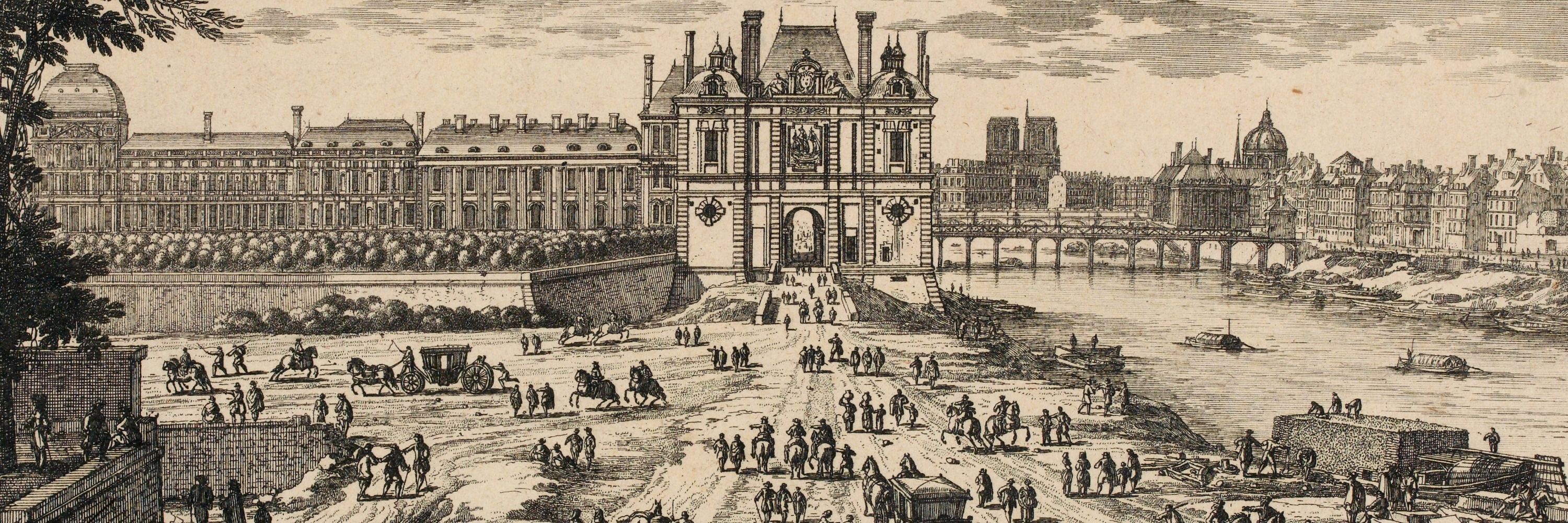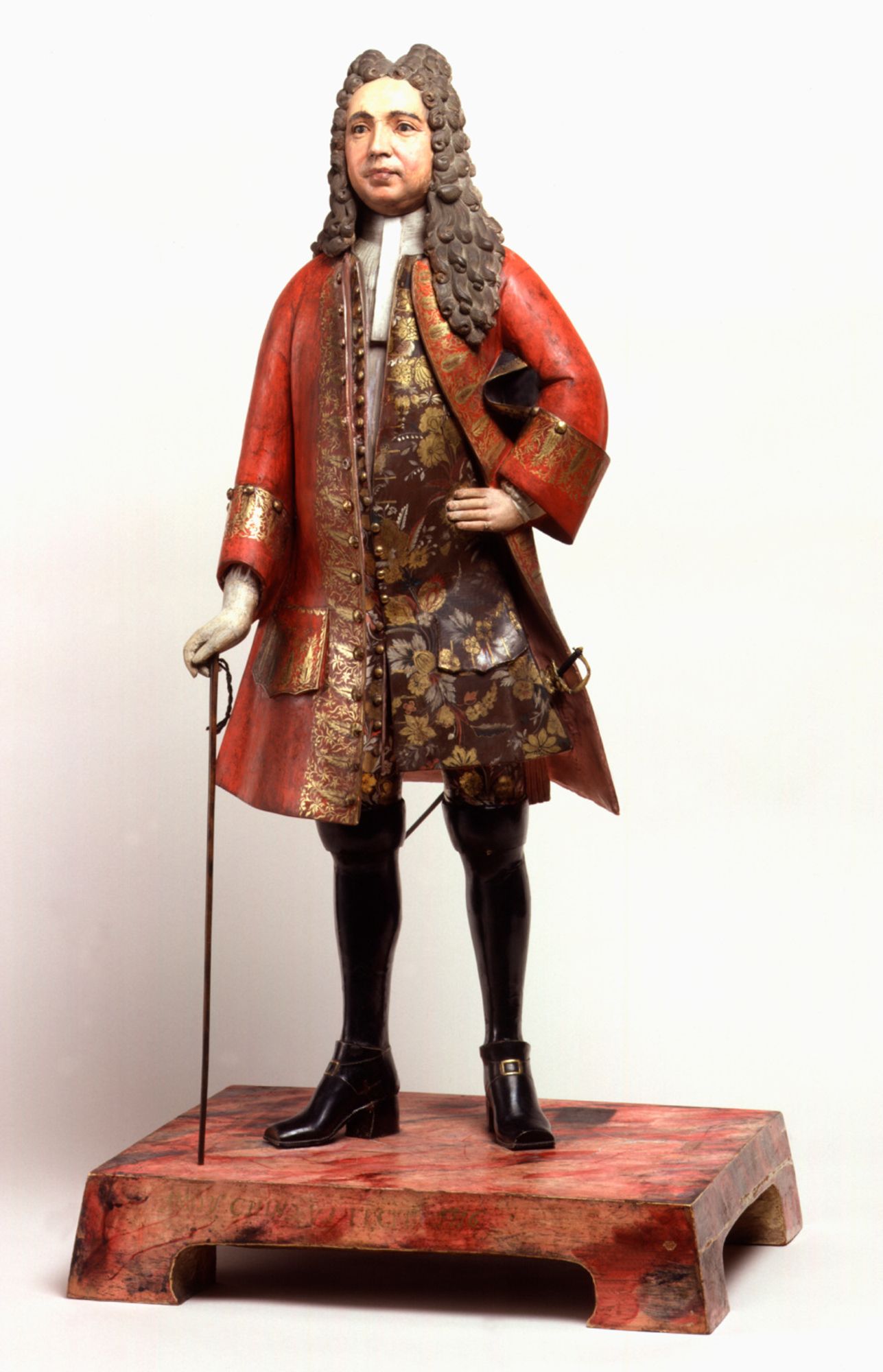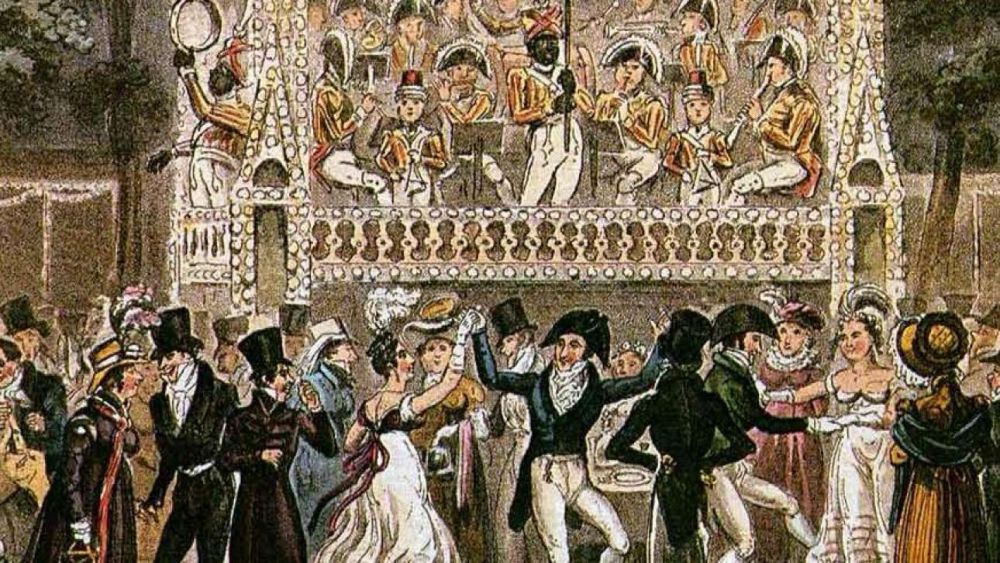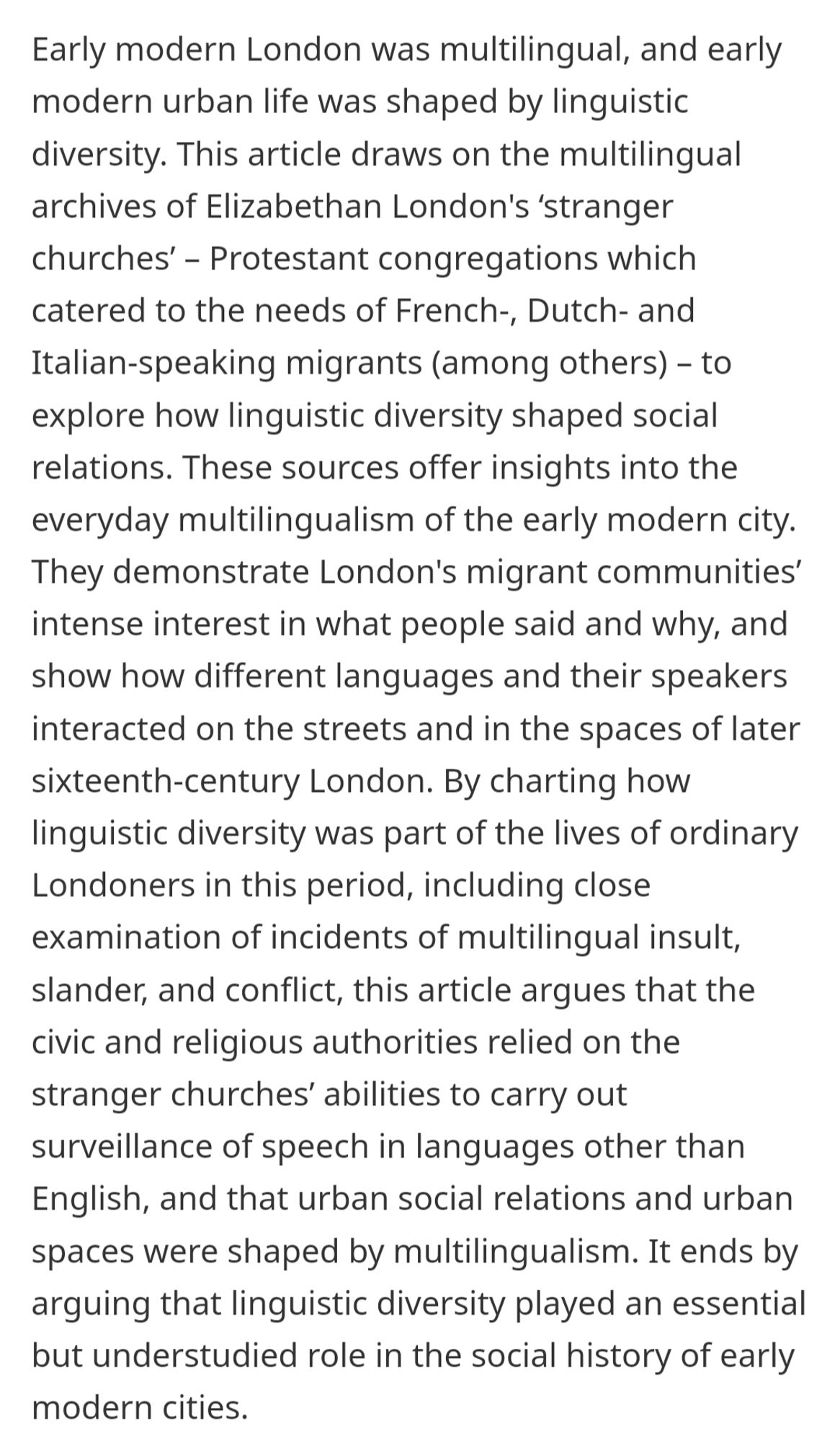
Gorgeous figurine by Amoy Chinqua (or Chitqua) in 1716 for East India Company servant Joseph Collet to send home to his daughter Elizabeth. He would write 'The lineaments and the Features are Esteem'd very just but the complexion is not quite so well hit ...' #earlymodern (image: NPG, London)

Our fortnightly seminar series continues next Wed 9/10 at 17:30 at the IHR Wolfson Room (as well as online via Zoom) as @sarahfoxhistory.bsky.social#c18th#britishhistorywww.history.ac.uk/events/briti...

Thank you!
I have done, thanks – a really great read. So much to think about, esp. London being multilingual for everyone; also important for our Written Worlds project re. everyday, oral multilingualism that we might risk not getting at. Thanks for it!
That's brilliant news – I'm starting reading it straight away!
It's out! 'Migrant Voices in Multilingual London, 1560-1600', open access in Transactions of the Royal Historical Society. Read to find out how insults and information moved between the city's languages, and to think about how linguistic diversity shaped urban life. www.cambridge.org/core/journal...

Thanks, I agree! Ann Scafe's journal is especially interesting for attitudes towards the early French Revolution, with quite a lot of borrowing from Helen Maria Williams
Thank you!
Thank you! I’d love to hear what the students do with them
Thanks very much! Really happy it's coming out soon, and I'll send you a DM!
